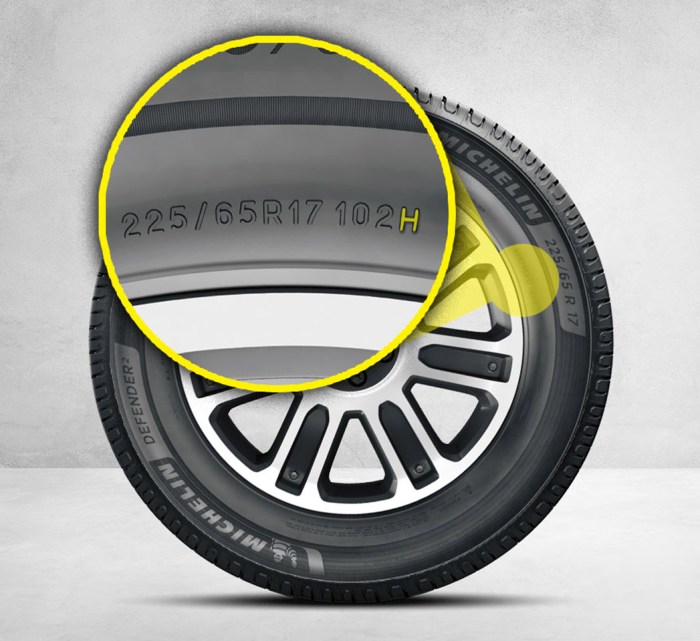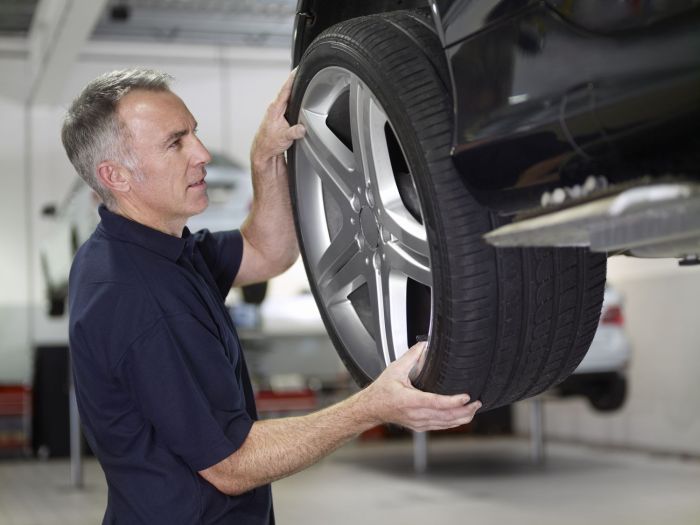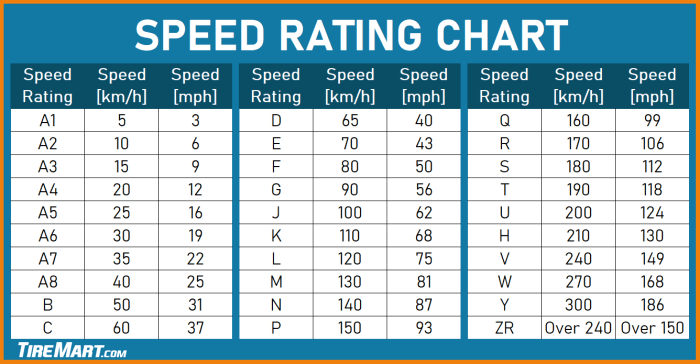When it comes to vehicle safety, understanding what two things are important to prevent rollover is crucial. Rollovers, often occurring in single-vehicle accidents, pose a significant risk to drivers and passengers. This discussion delves into the critical factors of vehicle design and driver behavior, emphasizing their pivotal roles in minimizing rollover incidents.
Vehicle design features, such as a low center of gravity and stability control systems, play a vital role in enhancing vehicle stability and reducing the likelihood of rollovers. Additionally, proper driving techniques, including maintaining a safe speed, avoiding aggressive maneuvers, and being aware of road conditions, are essential for preventing rollovers.
Vehicle Design Features: What Two Things Are Important To Prevent Rollover

Vehicle design features play a significant role in preventing rollovers by enhancing stability and reducing the risk of vehicle destabilization. These features include:
Electronic Stability Control (ESC)
ESC is a computerized system that uses sensors to monitor vehicle stability and intervene when the vehicle is at risk of rolling over. It can apply individual brakes and reduce engine power to help the driver maintain control of the vehicle.
Anti-lock Braking System (ABS)
ABS prevents wheels from locking up during braking, allowing the driver to maintain control of the vehicle and reduce the risk of skidding, which can contribute to rollovers.
Rollover Protection Structures (ROPS)
ROPS are reinforced structures built into the vehicle’s frame to protect occupants in the event of a rollover. They help prevent the vehicle from collapsing and provide a safe space for the occupants.
Driver Behavior

Proper driving techniques are crucial for preventing rollovers. Drivers should:
Avoid Excessive Speed
Excessive speed increases the centrifugal force acting on the vehicle, making it more likely to roll over. Drivers should adhere to speed limits and adjust their speed according to road conditions.
Make Gradual Turns
Sharp turns can cause the vehicle to lean and shift its weight, increasing the risk of rollover. Drivers should make turns gradually, especially at high speeds.
Avoid Distractions
Distractions, such as texting or talking on the phone, can lead to delayed reactions and impaired judgment, increasing the risk of rollovers.
Environmental Factors
Environmental factors can contribute to rollovers, including:
Road Conditions
Uneven or slippery road surfaces can reduce traction and increase the risk of rollover. Drivers should be aware of road conditions and adjust their driving accordingly.
Crosswinds
Strong crosswinds can push the vehicle sideways, causing it to lean and potentially roll over. Drivers should be aware of weather conditions and avoid driving in high winds.
Slopes
Driving on steep slopes can increase the risk of rollover if the vehicle is not handled properly. Drivers should avoid driving on steep slopes if possible and, if necessary, use caution and maintain a low speed.
Vehicle Maintenance

Proper vehicle maintenance is essential for rollover prevention. Regular maintenance tasks include:
Tire Maintenance, What two things are important to prevent rollover
Properly inflated and maintained tires provide better traction and stability, reducing the risk of rollover. Drivers should regularly check tire pressure and replace worn tires.
Suspension System Maintenance
A well-maintained suspension system helps keep the vehicle stable and balanced. Drivers should have the suspension system inspected and serviced regularly to ensure proper functioning.
Brake Maintenance
Properly functioning brakes are crucial for maintaining control of the vehicle. Drivers should regularly inspect and replace brake pads and rotors as needed.
Vehicle Loading

Improper vehicle loading can significantly increase the risk of rollover. Drivers should:
Distribute Weight Evenly
Heavy loads should be distributed evenly throughout the vehicle to prevent weight imbalances that can cause the vehicle to lean or shift its center of gravity.
Avoid Overloading
Overloading the vehicle can reduce stability and increase the risk of rollover. Drivers should never exceed the vehicle’s maximum weight capacity.
Secure Loads
Loose or unsecured loads can shift during sudden maneuvers, causing the vehicle to become unstable. Drivers should always secure loads properly using straps or bungee cords.
Question Bank
What are the most common causes of rollovers?
The most common causes of rollovers include speeding, aggressive driving, overcorrection, driving under the influence of alcohol or drugs, and driving on uneven or slippery surfaces.
What are the most effective ways to prevent rollovers?
The most effective ways to prevent rollovers include wearing a seat belt, driving at a safe speed, avoiding aggressive driving maneuvers, and being aware of road conditions.
What are the most important vehicle design features that help prevent rollovers?
The most important vehicle design features that help prevent rollovers include a low center of gravity, stability control systems, and anti-roll bars.